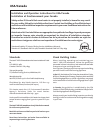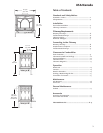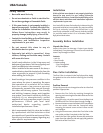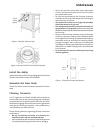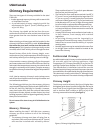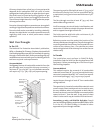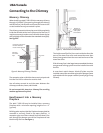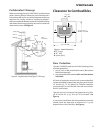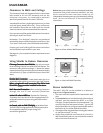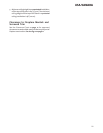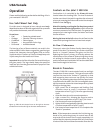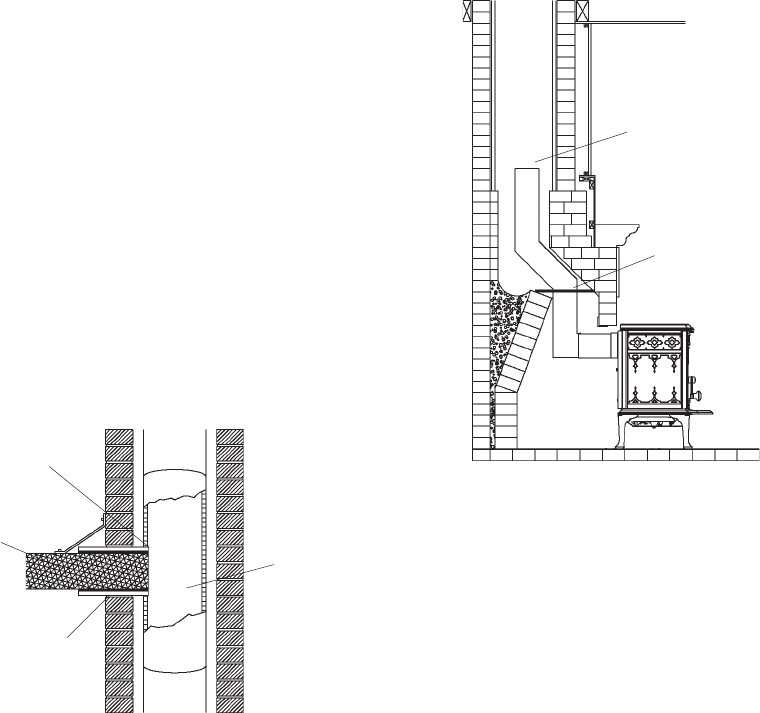
8
USA/Canada
Connecting to the Chimney
Masonry Chimney
When installing a Jøtul F 100 USA into a masonry chimney
through a “thimble” (the opening through the chimney
wall to the flue), the thimble must consist of ceramic tile
or steel and be securely cemented in place.
The chimney connector/stove pipe must slide completely
inside the thimble to the inner surface or the flue liner. It
may be necessary to make use of a thimble sleeve (a pipe
with a slightly smaller diameter than standard stove pipe).
See figure 6.
The connector pipe or thimble sleeve must not protrude
into the flue liner or otherwise restrict draft.
Use refractory cement to seal the seam between the
chimney connector, sleeve, and thimble.
Do not connect this stove to a chimney flue servicing
another appliance of any kind.
Hearthmount into a Masonry
Fireplace
The Jøtul F 100 USA may be installed into a masonry
fireplace with a minimum opening height of 22 1/2”
(572 mm).
Building code requires that the fireplace damper plate be
removed or securely fixed in the open position. A
connector pipe must then extend from the stove’s flue
exit through the damper area of the fireplace and into
the chimney tile liner. See figure 7.
The inside area of the flue liner must not be less than the
area of the stove flue collar and cannot be more than
three times greater than the cross sectional area of the
stove flue collar.
If the chimney liner is too large to accommodate the stove,
an approved relining system must be installed to resize
the flue.
A new sheet metal damper block-off plate must be
installed around the connector pipe at the damper frame
and sealed with the proper sealant (usually High-Temp
Silicone).
Figure 6. Masonry Chimney Thimble.
Connector pipe must
be flush with the
inside of the flue tile
Chimney
Connector
Pipe
Thimble
Flue Tile
Figure 7. Hearthmount Installation.
Connector
extends into
the first flue
Damper is
sealed with a
steel plate
and sealant




